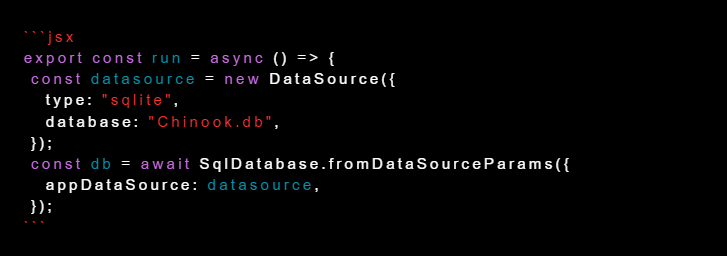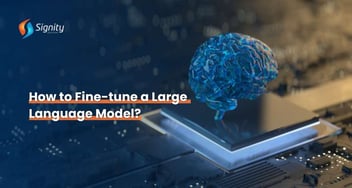Understanding Natural Language Queries with LangChain
Explore Language Models' impact on database interactions. Language Model-based agents simplify data retrieval with natural language queries. LangChain toolkit bridges language and data, offering a glimpse into the future of seamless human-machine interaction.

Hello, fellow Tech enthusiasts!
Today, we're diving into the fascinating world of Language Models and how they can change the way we interact with databases using natural language. We as developers are quite well versed and comfortable with SQL and can write complex queries to get the data needed as per the requirements.
I used to often wonder while interacting with our product managers, why can’t they query data themselves rather than depending upon the availability of techies?
Data should be available easily to all the business stakeholders as well. They should just ask a question in plain English and get relevant data from the database without the hassle of writing complex SQL queries. Well, with the power of Language Model-based agents, that dream is becoming a reality!
Before we get into the nitty-gritty, let's first understand what LLMs are. LLM stands for "Language Model-based agents" or "Large Language Models." They are advanced artificial intelligence systems that have been trained on massive datasets containing a wide range of human language expressions. One such prominent example is GPT-3, which powers various applications and services across the web.
Now, let's see how these LLMs can be used to interact with databases using natural language. For this, we'll take a look at an example from the LangChain toolkit.
[documentation]: (https://js.langchain.com/docs/modules/agents/toolkits/sql)
Imagine you have a database with information about employees in a company. Traditionally, you would need to write an SQL query to extract specific details, like finding all employees who work in the Marketing department and joined the company after 2020.
It might look something like this:

Now with LLMs, querying the database becomes as easy as asking a question! The LangChain toolkit allows you to use natural language to perform the same task.
Here's how you could do it using plain English:

That's it!
The Language Model-based agent takes your question, understands it, and automatically converts it into an SQL query, fetching the relevant data from the database. No need to memorize SQL syntax or spend time crafting complex queries!
We need to set up a connection with the database as given below:

Behind the scenes, the LLM uses its pre-trained knowledge to interpret your question, breaks it down semantically, identifies the relevant entities (like "names," "ages," "departments," "Marketing," and "2020"), and maps them to the appropriate database fields and conditions. The result is a seamless and user-friendly interaction with your database.
The real beauty of LLMs lies in their versatility. You can ask complex queries with multiple conditions, sort data, or even perform aggregations - all using natural language. These models can handle a wide array of queries, from simple to intricate, empowering users with different levels of technical expertise to access the information they need effortlessly.
However, as with any technology, there are challenges to consider. While LLMs have come a long way in understanding and generating human-like language, they are not perfect. Ambiguous queries, specific domain jargon, or poorly constructed questions can still confuse them. Hence, continued research and improvements in NLP (Natural Language Processing) are essential to refine their capabilities further.
In conclusion, the collaboration of LLMs and databases using natural language is a game-changer. It simplifies data retrieval, reduces the entry barrier for accessing information, and fosters a more inclusive and user-friendly data exploration experience. The LangChain toolkit's implementation is just one step towards a more seamless human-machine interaction, and we can expect this trend to grow and shape the future of the information age.
So, next time you have a database-related question, give natural language querying with LLMs a try.
**Stay tuned to know how you can generate graphs** using natural language.













